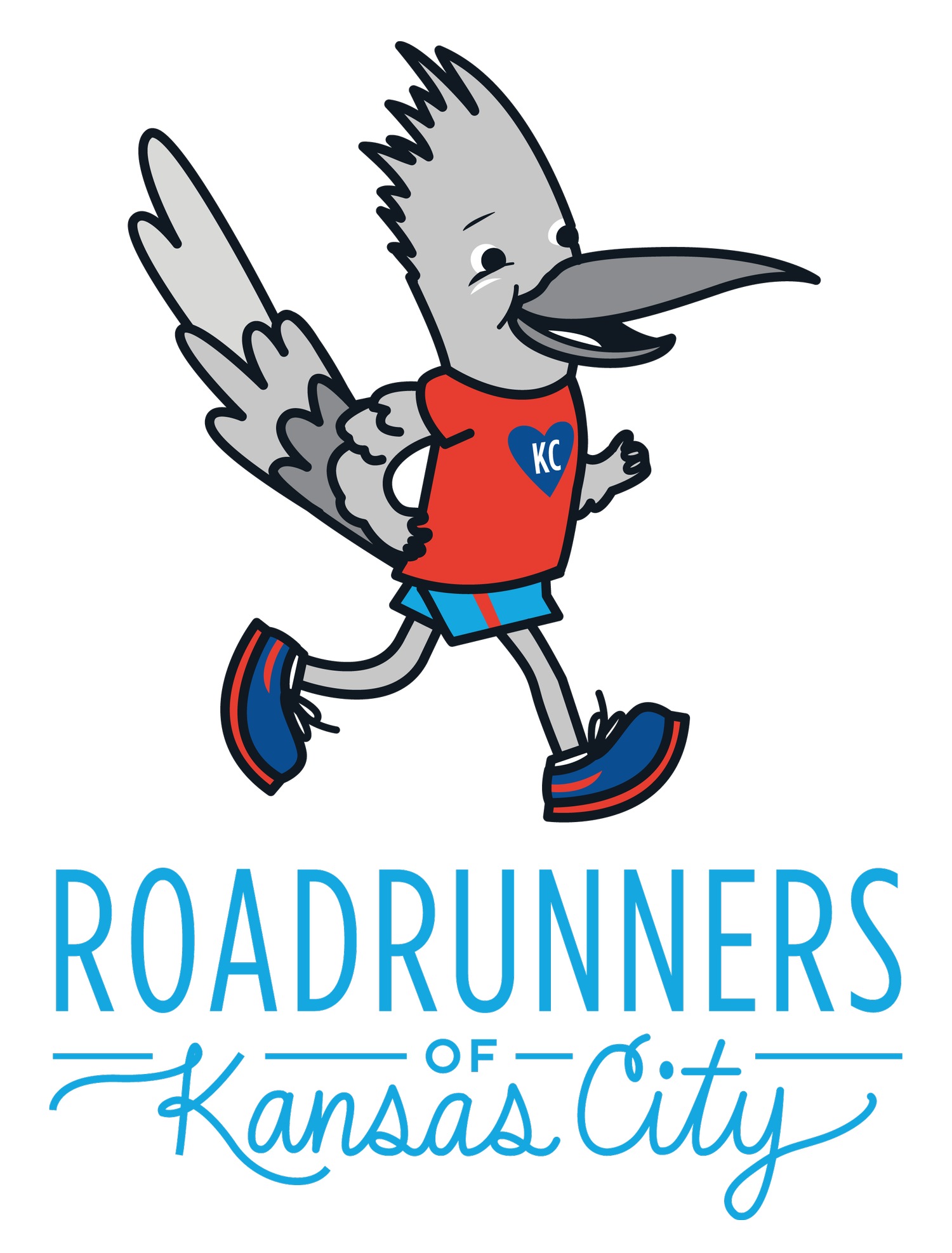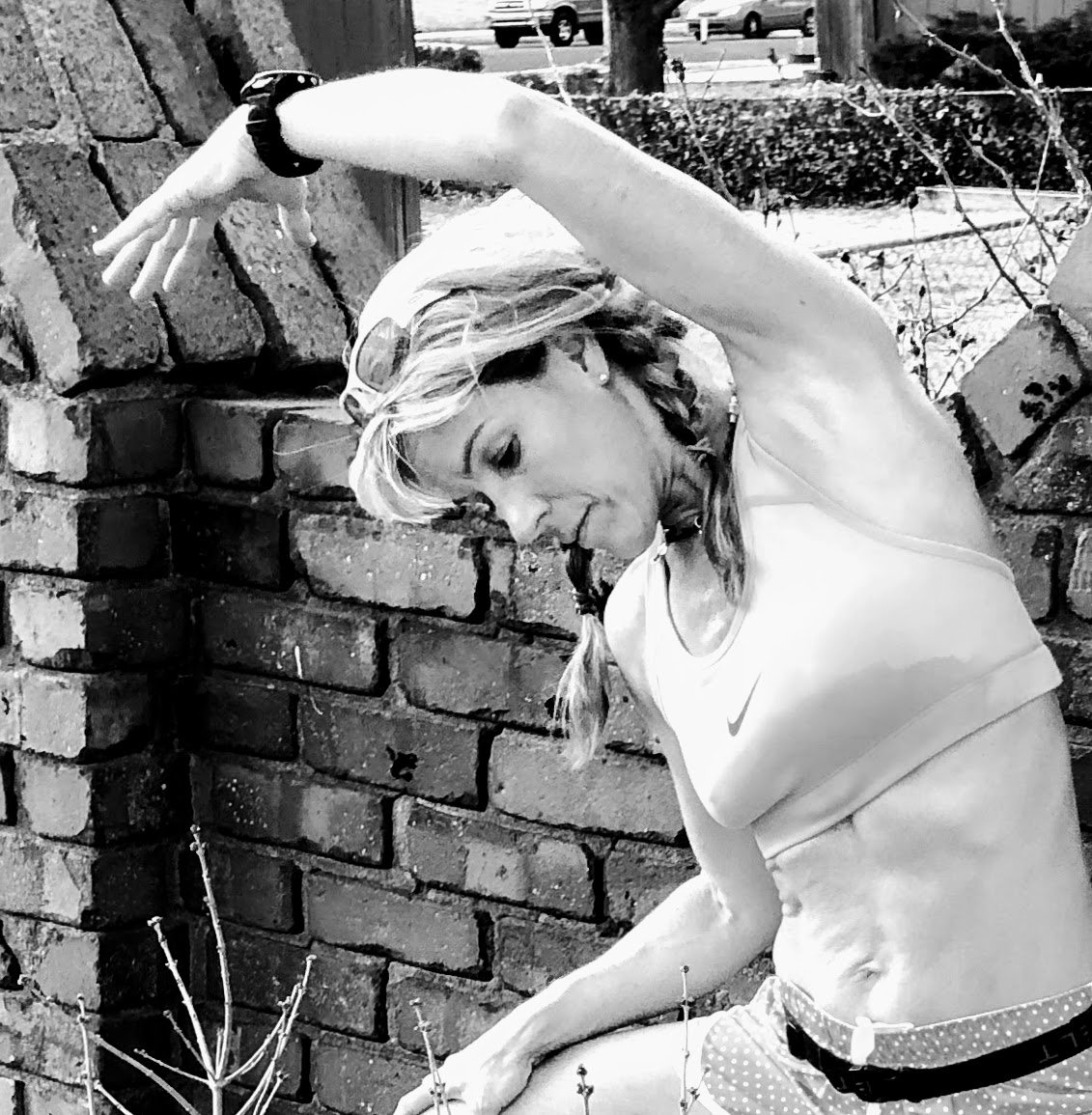Check and correct your pelvic posture.
Assymetry or poor pelvic posture decreases your ability to tap into muscles and generate power regardless of strength. For example, have you heard of sleepy glutes? You can strengthen them all you want, but they will not turn on if you are asymmetrical. Asymmetries can also contribute to sports injuries like hip, groin, and low back pain - but that’s another post! A physical therapist training in postural correction can help you.
Learn to breathe.
Breath is everything, and most of us are not doing it correctly even though it seems like it should be natural. The number one function of the abdominals is for breath, then posture, then stabilization of the core, in that order. If the breath is off, poor posture and decreased stabilization will result. A physical therapist training in breathing techniques can help you.
Learn efficient neuromuscular patterns appropriate for running and practice them consistently.
Many of us have settled into inefficient patterns over time which can occur for several reasons: improper advice on form from a well-meaning book, coach, or internet search, compensations for injury, or asymmetries. A physical therapist that specializes in running form can help you.
Break bad/old habits by stopping and resetting them when they creep in.
Once you’ve learned how to run with efficient form, when it breaks down, STOP and RESET. Even if this requires you to shorten an interval or stop for a few minutes during a training run, despite your fears, you will not lose fitness doing so. It will only help you.
Hydrate.
Hydrate no matter the season, even when cold, rainy, or snowy! The communication between your brain and the musculoskeletal system will turn off without a balance of water and electrolytes. If you are symmetrical, using efficient patterning for breath and sport, and in the best shape of your life if you are dehydrated, none of it will work.
Need help?
Need an assessment of posture and breathing? Schedule an appointment with Coach Amy. She is trained to assess and correct posture and breathing techniques. If you are a new patient, choose a Self Pay Physical Therapy Evaluation with Coach Amy. Returning patients can choose a Self Pay Physical Therapy Treatment from the menu.








